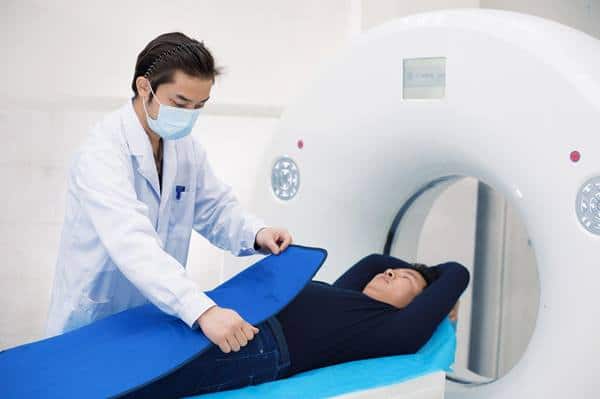
For the study, Alberts and colleagues focused on 335 men, aged 71 and older, who had elevated blood PSA levels.
To determine who did and did not have prostate cancer, the investigators took six biopsy samples from the prostates of 177 men. Another 158 men had 12 samples taken, plus an MRI scan of their prostate before the biopsy.
If the MRI revealed a potentially cancerous area, then further MRI-targeted biopsy samples were taken, Alberts explained.
The research team found that biopsies using either six or 12 samples were, in most cases, able to detect serious cancers.
However, Alberts’ team found that 70 percent of the men in the study would not have needed biopsies at all if MRI had been used beforehand, because no suspicious areas showed up on their scans.
Although MRI is more expensive than PSA testing, it could save money in the long run, in much the same way that mammography breast cancer screening has paid off for women, the researchers suggested.
One specialist, however, doesn’t think MRI is the answer to the prostate cancer screening controversy.
“”There is not enough data to say MRI is a home run, and there is not enough data to say it is cost-effective,”” said Dr. Anthony D’Amico, a professor of radiation oncology at Harvard Medical School in Boston.
Data from other institutions shows that MRI finds only 80 percent of severe cancers and misses 50 percent of the other high-grade cancers, D’Amico said.
“”So having a negative MRI doesn’t mean that you don’t have aggressive prostate cancer,”” he added.
Alberts countered that a larger trial has started, with 40,000 men randomly selected for MRI screening at various PSA levels or for no screening.
“”This trial will hopefully further elucidate the role of MRI in prostate cancer screening,”” he said.
D’Amico believes the only way to know for sure if MRI effectively screens for prostate cancer is to scan thousands of patients and remove their prostate to analyze the type of cancer.
“”This would need to be done before we could justify the cost of MRI, which could be several thousand dollars, as opposed to a PSA, which is in the $50 to $70 range,”” D’Amico said.
D’Amico said MRI might be of value in certain cases, however.
“”If you have a high PSA and you have biopsies and they are all negative, consider MRI, not for screening, but because you probably have a cancer that has gone undetected,”” he said. “”But if you don’t have a high PSA, we shouldn’t be using MRI as a substitute for PSA.””
The study results were scheduled for presentation Saturday at a European Association of Urology conference in London. Findings presented at meetings are usually considered preliminary until published in a peer-reviewed medical journal.
HealthDay News
Health Education Articles
Explore our library to stay on top of the latest trends, research, and helpful guidance based on your health needs.
Healthy Living
Stay informed on changes to everyday living that have a big impact on long-term health.
Diet & Nutrition
Get healthy recipes and advice proven to reduce risk of serious illnesses.
Disease Information
Discover the latest research about health issues often addressed by our services.